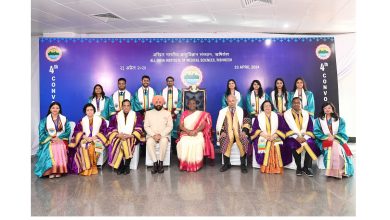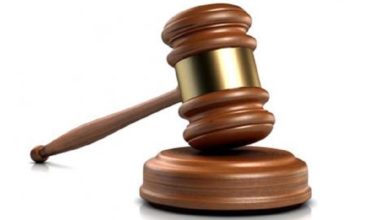5.8 M patients under hypertension treatment, drug availability biggest challenge: WHO Report

The report by WHO estimates hypertension to affect roughly one-third of adults aged 30-79 worldwide
Around 5.8 million hypertension patients across 27 states in India were being treated under the Indian Hypertension Control Initiative (IHCI) as of June 2023, the World Health Organization said in a recent report and pointed to the availability of medicines as the “biggest challenge”.
The IHCI aims to achieve the government’s objective of reducing premature mortality from non-communicable diseases by 25 per cent by 2025 through evidence-based strategies to strengthen the building blocks of hypertension management and control.
The initiative was launched in 2017 and involves the Ministry of Health & Family Welfare, Indian Council of Medical Research, State Governments, and WHO-India.
Under the IHCI, which was enabled by support from WHO consultants, 27 Indian states and union territories had developed a standard treatment protocol for hypertension, based on the WHO HEARTS technical package, said the ‘Global Report on Hypertension’.
Developed to help countries with cardiovascular disease management in primary health care, the package describes cost-effective strategies to control blood pressure and prevent heart attack, stroke and other complications, it said.
Components of the package include standardised drug- and dose-specific treatment protocol, uninterrupted access to quality medications and a monitoring system to track patient progress and health system performance, it said.
Pointing to challenges faced by the IHCI following its launch in 2017, the report said the availability of medicines emerged as the biggest challenge, which discouraged a patient from returning to facilities for follow-up visits in some areas.
The partnership of WHO-recruited consultants and the Union Ministry of Health and Family Welfare ensured the strengthening of the medicine supply chain, including facilitating the development of state-specific hypertension treatment protocols, along with the inclusion of protocol drugs in states’ list of essential medicines and forecasting requirements of drugs, the report said.
With an adequate and uninterrupted availability of drugs, it was possible to decentralise the programme to more than 18,000 Ayushman Bharat Health and Wellness Centres (HWCs) for improved access to care, the report acknowledged.
The HWCs are part of India’s primary healthcare system, delivering community-level services.
By 2020, the IHCI had ensured that more than 70 per cent of healthcare facilities had ensured one month’s stock of the protocol medicines, and fewer than 10 per cent had experienced stock-outs, the report said.
During the first wave of the COVID-19 pandemic, drug refills to ensure continuity of care at these decentralised healthcare centres helped more than 38 per cent of patients, the report notes.
It further recognised the role of the partnership in the scale-up of the IHCI, which was initially launched in selected districts of five states and has now expanded to include 155 districts.
The report by WHO estimates hypertension to affect roughly one-third of adults aged 30-79 worldwide. Of these, only 54 per cent have been diagnosed with the condition, 42 per cent are being treated for it, and 21 per cent are considered to have controlled their hypertension.
Treating hypertension is one of the most important interventions to meet the United Nations’s Sustainable Development Goal (SDG) target 3.4 of a one-third reduction in premature mortality from the leading noncommunicable diseases, the report said.




